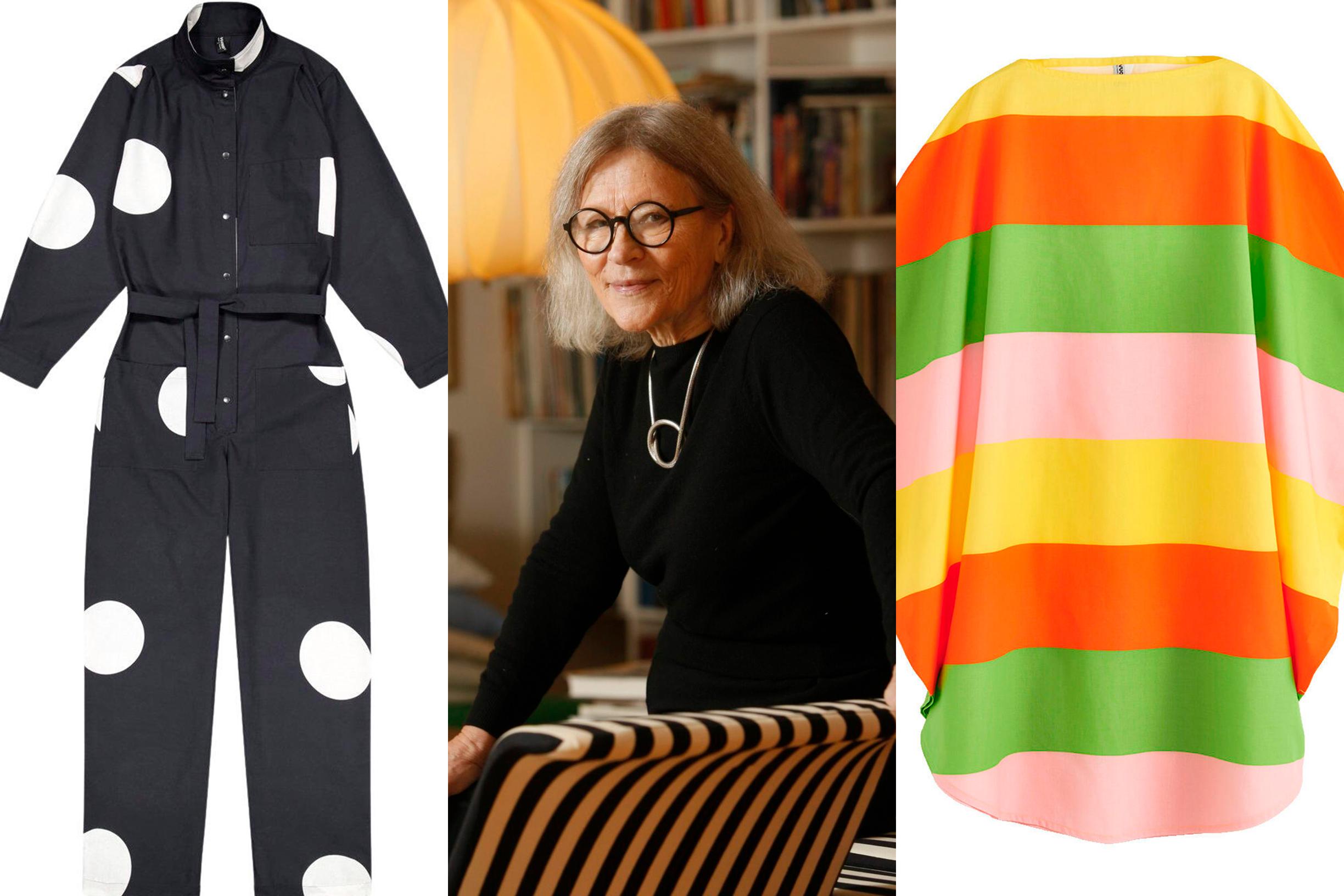
Timeless fashion designs: The enduring heritage of Vuokko Nurmesniemi
Vuokko Eskolin-Nurmesniemi is one of the most significant trailblazers of Finnish fashion design. She is also a pioneer of sustainable fashion, which she became interested in over five decades ago.
Vuokko Eskolin-Nurmesniemi grew up in Helsinki, Finland, as one of three children. Her father was a car driver, while her mother stayed at home. Her childhood was happy, and all three children were encouraged to play sports. One of her favorite pastimes was ice skating at an artificial ice rink in Helsinki.
“Our home was beautiful; both my mother and father had great taste. My mother’s aesthetic was simple and modest. My childhood home had a huge impact on my life, behavior, opinions, and overall understanding of the world,” Vuokko has said.
Vuokko Eskolin-Nurmesniemi
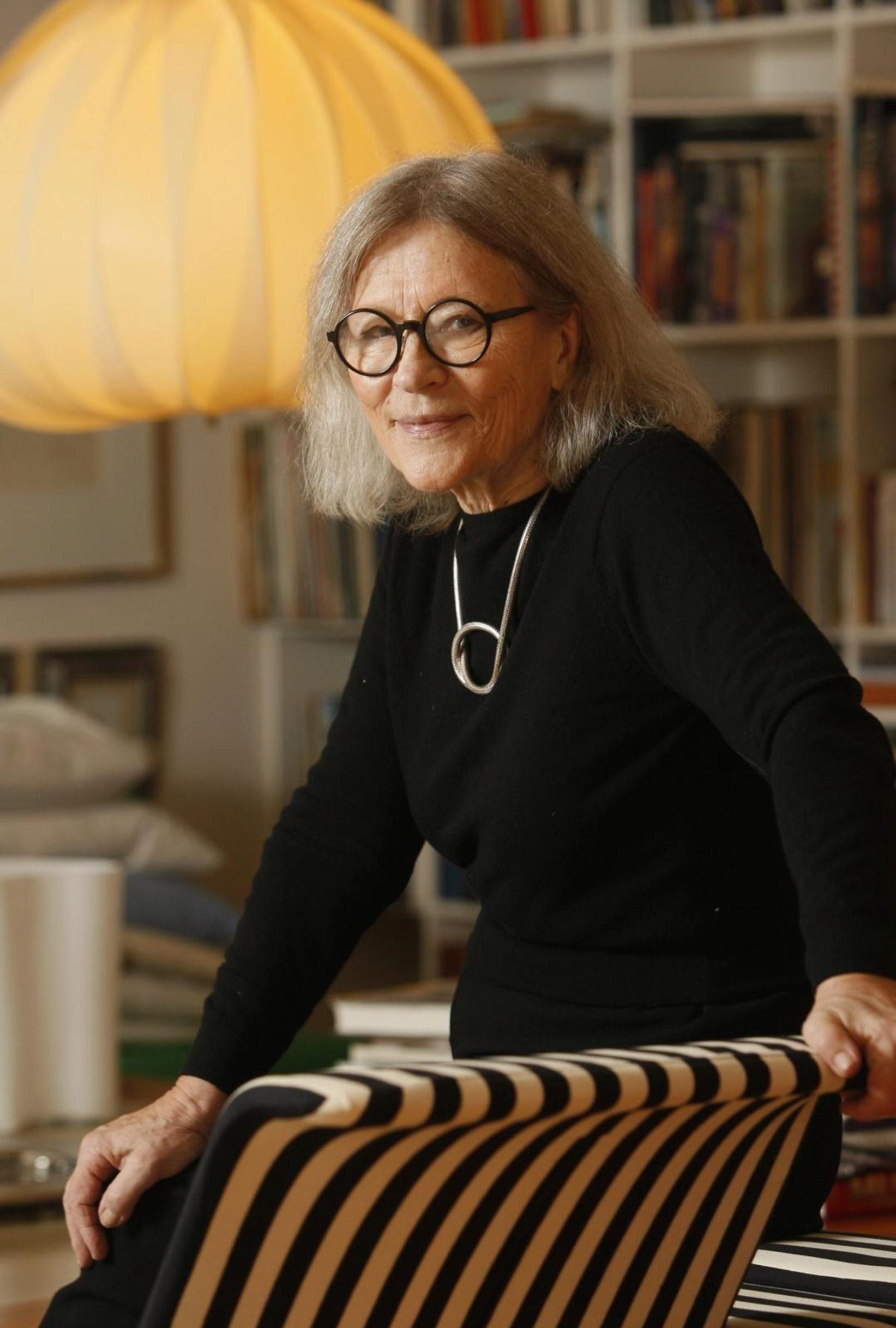
- Vuokko Hillevi Lilian Eskolin-Nurmesniemi is a Finnish textile artist and ceramist.
- Born on February 12, 1930, in Helsinki.
- Received the honorary title of Academician of Art in 2007.
- Honorary doctor of the University of Arts and Design Helsinki (now Aalto University), graduated from the School of Art and Design in 1952.
- Has worked at the art department of the Arabia ceramics factory, Nuutajärvi glass factory, and Marimekko.
- Founded her own company Vuokko in 1964.
- The home studio of Vuokko Eskolin-Nurmesniemi and Antti Nurmesniemi is located in Kulosaari, Helsinki. There are plans to turn it into a visitor attraction.
During World War II, the youngest child, Veikko, was evacuated to Sweden, while Vuokko and her sister Pirkko were sent to Hollola, about 100 km north of Helsinki, for safety. Vuokko has said the war didn’t cause her significant trauma, even though an entire wall was torn off their family’s home when a bomb hit the building during the Second Soviet–Finnish War (1941–1944).
However, the family experienced a great tragedy when Vuokko’s mother died of pneumonia at the time she was 15. This taught Vuokko independence. At 15, she sought a summer trainee position at the Arabia ceramics factory, cutting paper stencils for ceramic dish decorations.
Ceramics and sewing patterns
When Vuokko first applied to study at Ateneum, or University of Art and Design Helsinki, at age 16, the artistic director, Arttu Brummer, felt she was too young and inexperienced. The following winter, she took evening classes at Ateneum.
The school’s doors opened for her later. In the autumn of 1947, Vuokko Eskolin and Antti Nurmesniemi began their studies at the same time: Antti in the Department of Interior and Furniture Design, and Vuokko in the Department of Ceramic Art. Alongside her ceramics studies, Vuokko also took a three-year course at Helsingin Leikkuuopisto (“Helsinki Cutting School”), where she learned to create basic sewing patterns and grade clothing to different sizes.
Vuokko Eskolin-Nurmesniemi navigated the male-dominated business world fearlessly.
Vuokko and Antti’s journey together started during their studies, when he invited her to his home. The minimalist interior of Antti’s home completely charmed Vuokko. She has said that Antti had already mastered the art of minimalism and that his understanding of design influenced her from the start.
Antti graduated as an interior architect in 1950 and Vuokko as a ceramist two years later.
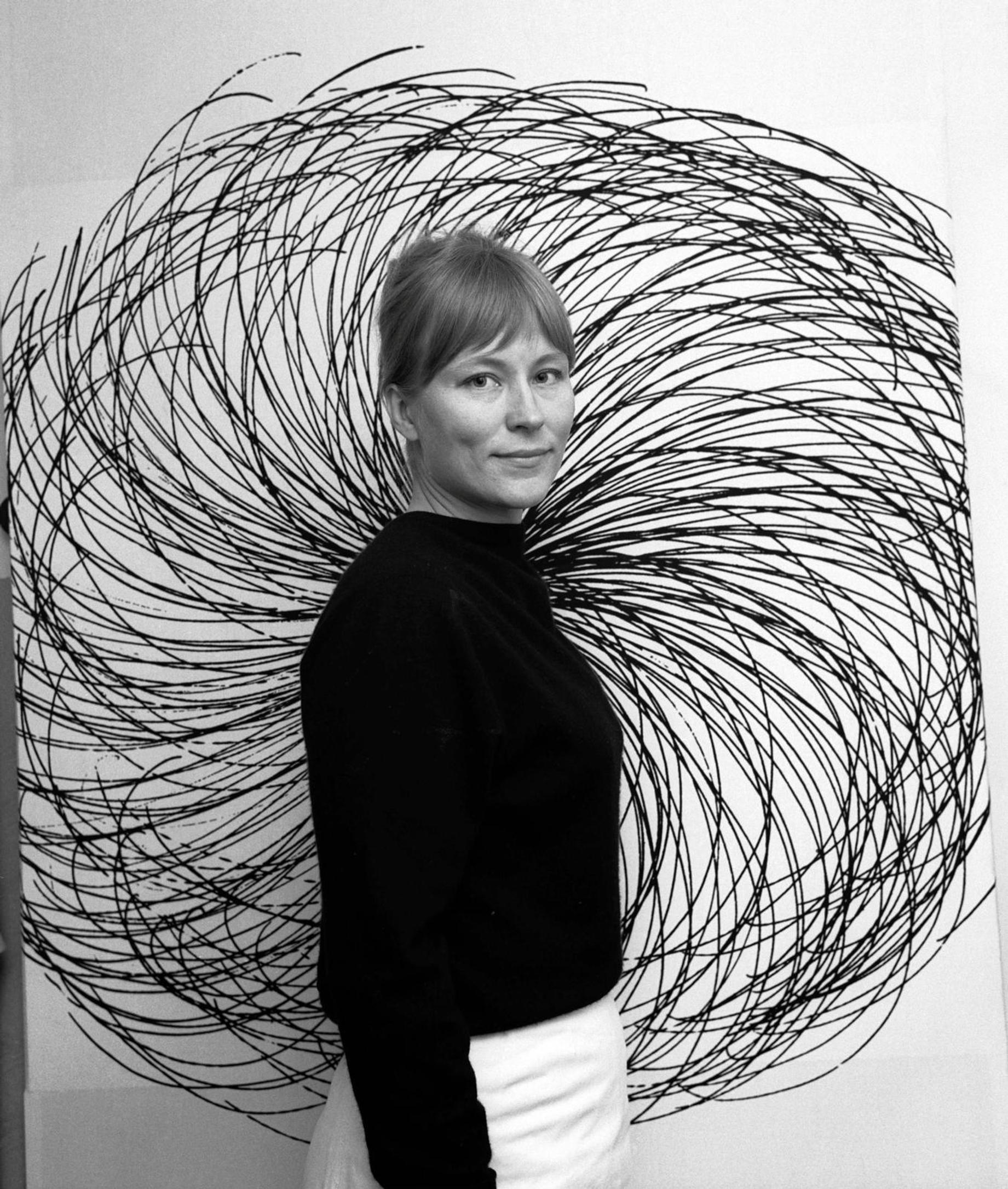
From Marimekko to an own company
During his studies, Antti worked at Stockmannin piirustuskonttori (“Stockmann Design Office”) designing furniture, while Vuokko worked at various ceramics studios and at the Arabia ceramics factory. After graduating, Antti worked in the architectural office of famous architect Viljo Revell, and Vuokko founded her own ceramics studio. They were married in 1953 in a small ceremony at the chapel of Helsinki Cathedral.
Soon, Antti got the chance to work on his dream project when Revell’s office began designing an industrial center in Helsinki, named Palace. This project was a game-changer for Vuokko, as well. During the construction, Antti met Armi Ratia, the co-founder of Marimekko. Armi had heard about Antti’s independent-minded girlfriend who was a ceramist and fabric pattern designer, and she invited Vuokko to a meeting.
Armi Ratia commissioned Vuokko to design a fabric imitating the small blue mosaic pattern ‘Oomph’ by textile artist Viola Gråsten. However, Vuokko responded with a design called ‘Tiibet’—a pattern with wide stripes. Armi was impressed by Vuokko’s bold thinking, and their collaboration began right away.
“Our aim is to produce clothes that stand the test of time and don’t need to be thrown out quickly.”Vuokko Eskolin-Nurmesniemi
Vuokko spent six years at Marimekko. During that time, she designed several iconic Marimekko patterns and products, including the ‘Jokapoika’ shirt with lively vertical stripes.
However, the paths of these two strong-willed women eventually parted, and Vuokko established her own company, Vuokko, in 1964. She was one of the first Finnish female designers to launch a venture under her own name. Some of her best-known patterns, such as ‘Pyörre’ and ‘Syvänne’, were included in her very first collection. Vuokko’s goal was to create extremely minimalist cuts—her ‘Myllynkivi’ (“Millstone”) dress made from just two pieces of fabric caused quite a stir at the time. It has been in production to this day.
Over the decades, Vuokko’s company grew rapidly and went international. However, in 1998 it faced bankruptcy due to poor financial decisions. Later, Vuokko launched a new business and continued her design work.
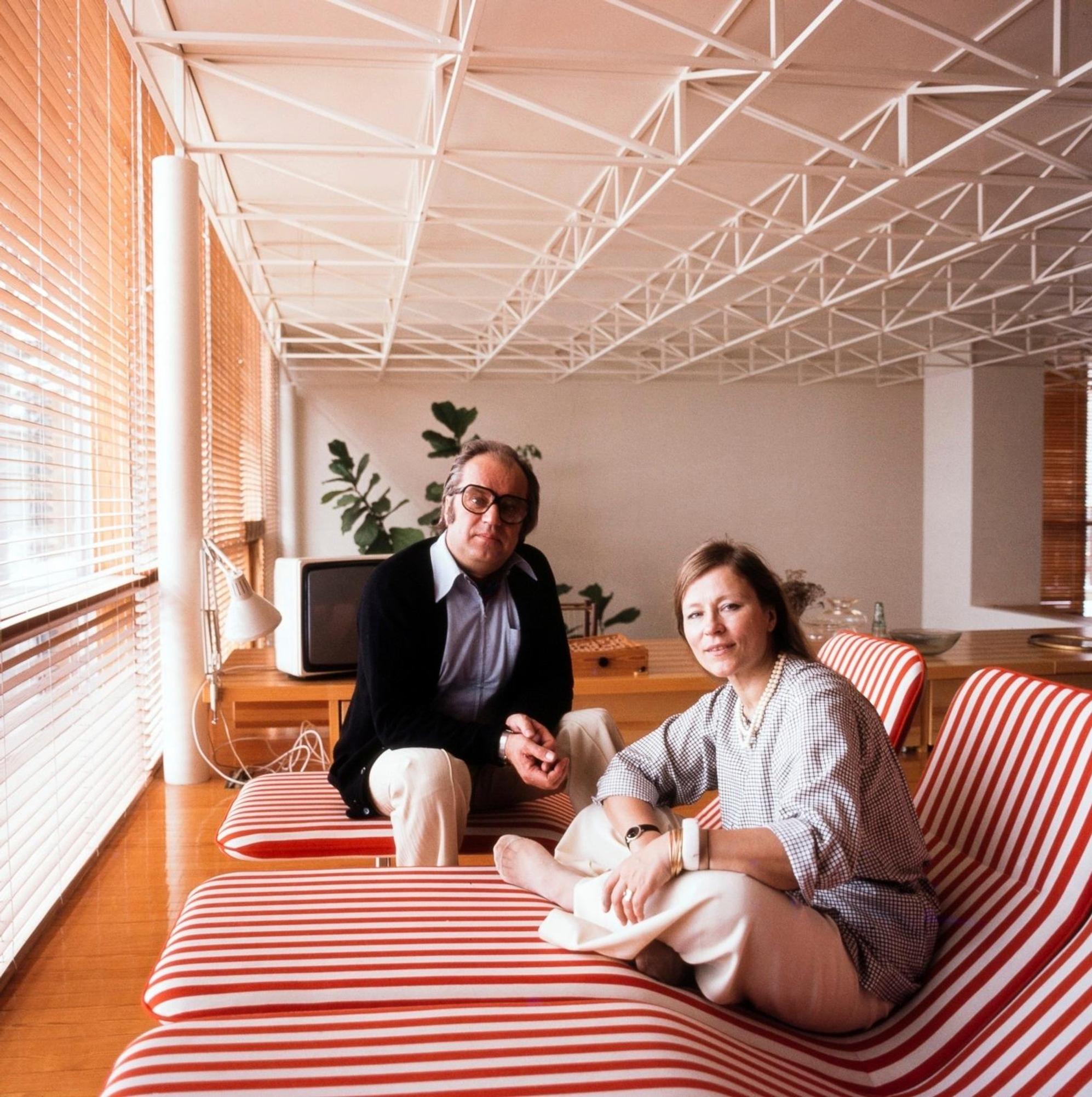
Pioneer of sustainability
Vuokko has been a pioneer not only in style but also in her mindset. She navigated the male-dominated business world fearlessly. Moreover, she was environmentally conscious as far back as in the 1960s and advocated for ecological responsibility among fashion designers. In her stores, she used only unbleached paper, refused to offer plastic bags, and recommended eco-friendly laundry detergents to her customers. Since 1969, only natural materials have been used in Vuokko products.
She also recognized that good design can help clothing last longer.
“Our aim is to produce clothes that stand the test of time and don’t need to be thrown out quickly,” Vuokko once said.
Vuokko has certainly achieved this goal, as her clothes and fabrics from various decades are now highly sought-after by collectors.
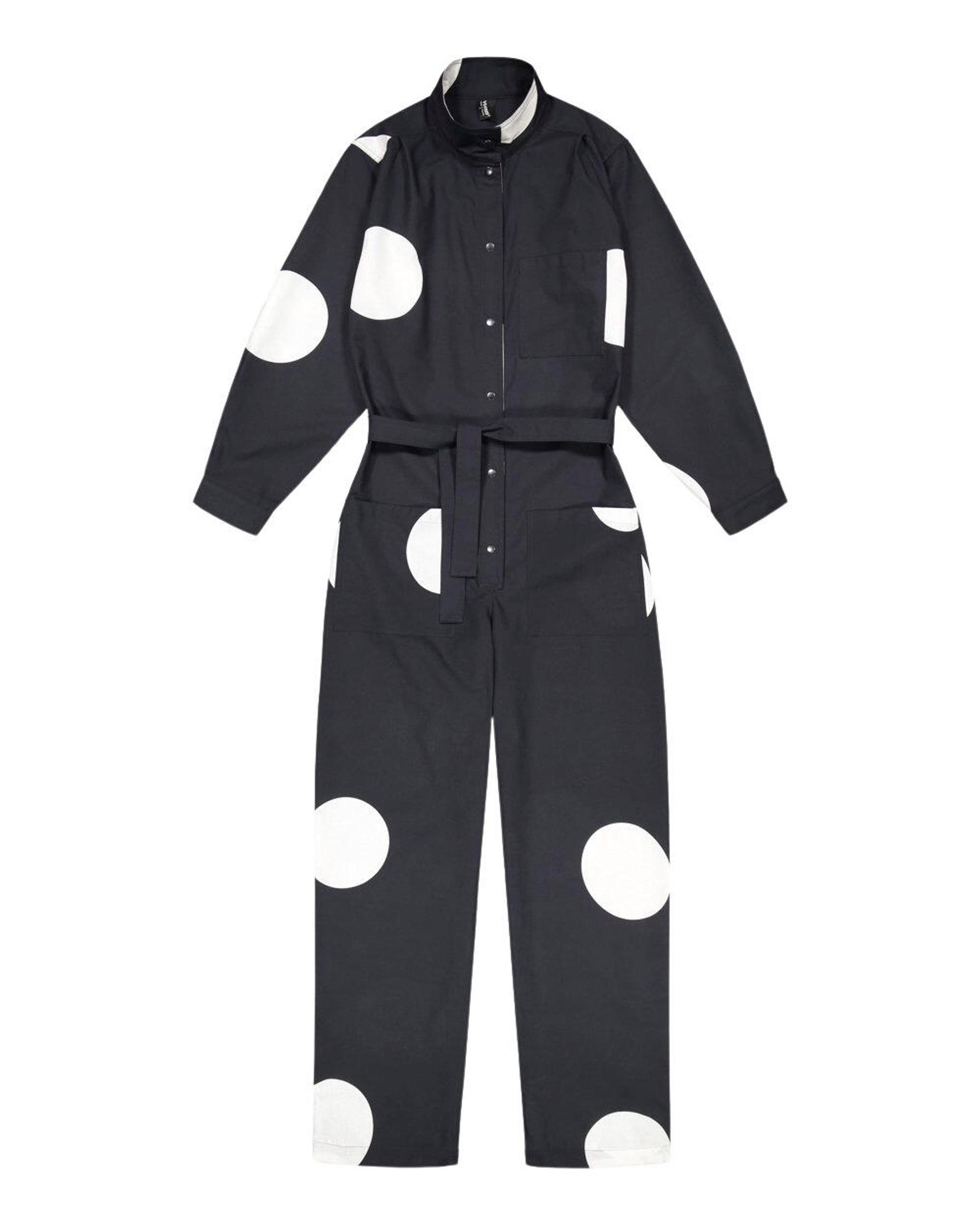
A living legacy
One of Antti and Vuokko Nurmesniemi’s finest works is their home studio in Kulosaari, Helsinki, built in 1975. This house encapsulates the couple’s creativity and aesthetics, concretely illustrating how design was a way of life for them.
“When the house was finished and we spent our first night here, we placed our bed in the middle of the floor in front of the window overlooking the sea. We both enjoy this space immensely. We didn’t even say it out loud, but we each felt that everything was now fine,” Vuokko has said.
The Kulosaari house features a unique metallic ceiling structure and almost no partition walls. Every item and piece of furniture was carefully selected, but the atmosphere was still welcoming. Even today, the house remains a “pilgrimage site” for architecture enthusiasts. Vuokko continued living there after Antti passed away in 2003 but has since moved elsewhere. It has long been her wish for the house to become a home museum and visitor attraction.
Despite her wishes, Vuokko never had children of her own. However, her legacy lives on through her unique designs, whose status as paragons of understated style is indisputable.
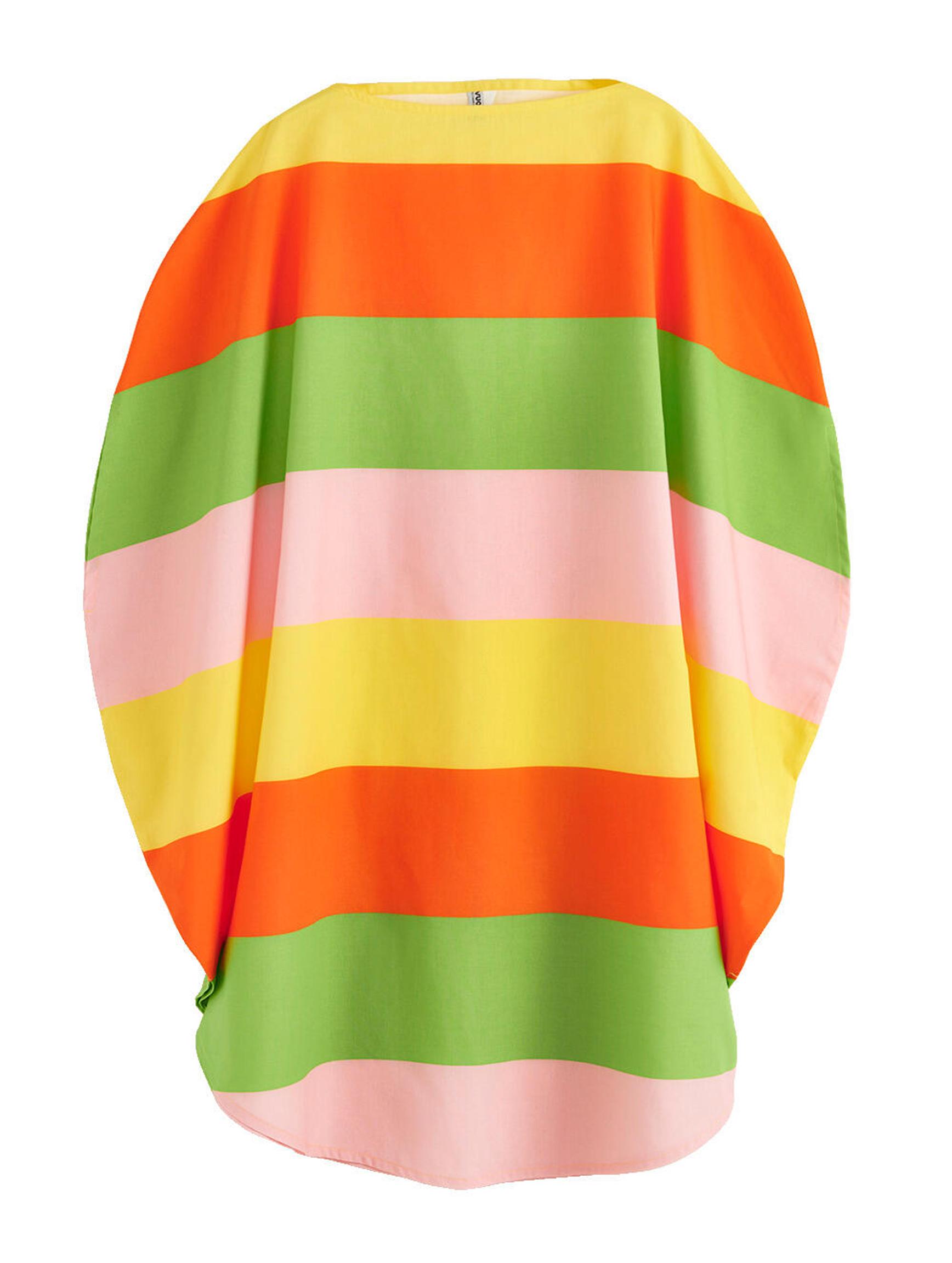
The article was previously published in the Beloved Patterns magazine (1/2025).
Sources:
Finnish-language literature: Vuokko (Jutta Ylä-Mononen), Taiteilijoiden huoneissa (Anna-Kaisa Huusko)
Article about Antti and Vuokko Nurmesniemi in Finnish-language Kotona.


